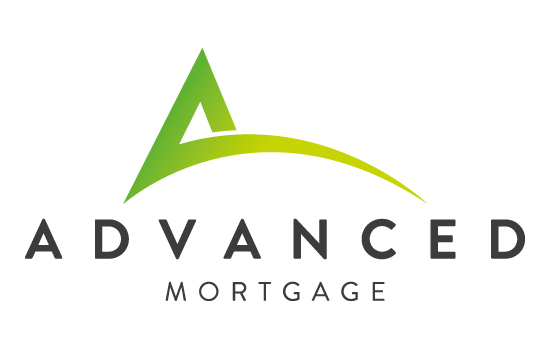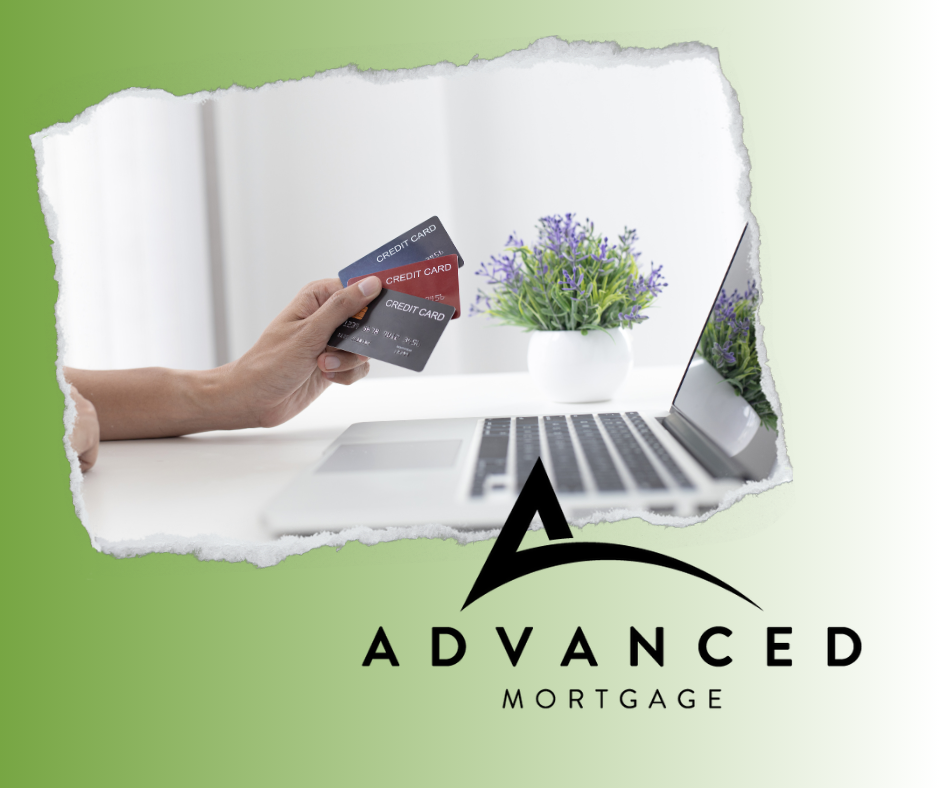Different Kinds of Debt and How They Affect Your Mortgage Approval
When applying for a mortgage, lenders calculate what they call a “debt-servicing ratio” by looking at your monthly payments and dividing it by your monthly income. So for example if you make $100 a month and all your monthly bills add up to $35 a month, then your debt-servicing ratio would be 35%. This number needs to stay below 44% or in most cases your application won’t be approved.
Lenders see different types of debt in different lights and will calculate them differently. Student loan debt and mortgage debt is often considered to be “good debt” while credit card debt is often looked at negatively. Each type impacts your application differently. Let’s break it down…
Canada Revenue Agency – Government Debt
If you owe money to the CRA, step one in your mortgage approval process is to pay this off. All lenders in Canada will require you to clear this debt before considering you for a mortgage. If you already own a property, we can consider refinancing that property to get the money you need to pay the CRA. The CRA has the first right to seize your home if you owe them money, and this diminishes a lender’s stake in your property.
Mortgage Debt
Often considered the best kind of debt as it is tied to an appreciating asset. We will consider your full minimum monthly payment on any existing properties as part of your debt-servicing calculation. If the mortgage is on a rental property, we can also take the rental income into consideration to help offset the mortgage payment. A mortgage payment will stay the same even if you pay down the balance significantly.
Student Loans
Student loans come with a grace period where there is no payment required. If you are still in this grace period, the lender will assign an arbitrary payment of somewhere between 1-3% of the balance owed. Therefore, on a $10,000 student loan, the payment would be somewhere in between $100-300. In this instance, it’s important to work with a broker that knows which lenders will give you the lowest payment amount to maximize your approval.
If you have passed the grace period, then we will use the true monthly payment to calculate your debt-servicing ratio.
Home Equity Lines of Credit
HELOC’s are a line of credit that is secured to your home. They typically have lower interest rates and are secured to an appreciating asset, so they are looked at favorably compared to a personal line of credit or credit card. Most lenders will take the balance owing on your line of credit and amortize it over a 25-year period to come up with a low monthly payment. For example, on $10,000 the monthly payment would be about $60/month. This also means that as you pay down the balance, the minimum monthly payment also decreases.
Even if the balance of your HELOC is $0, some lenders calculate this debt as if it was maxed out. This is why it’s so important to work with a broker that knows the landscape as your bank might be calculating this in a way that could cost you your new home.
Installment Loans
The most common form of installment loan is a vehicle loan. These are set out between 1-8 years and the payment remains the same throughout the term. A car loan of $10,000 could have a payment somewhere around $200/month.
The interest rate on these loans is usually lower than a credit card because they are often secured to something like a vehicle for collateral.
Installment loans are typically in OPEN terms. Meaning you can pay them off anytime without penalty. Paying down the balance of an installment loan will have no impact on the monthly payment until the loan is paid off in full. If you only have a few thousand dollars left on a car loan, it can sometimes make sense to reduce your down payment on home purchase to instead pay off the car loan to free up lending capacity.
Credit Card / Line of Credit Debt
Both credit cards and personal lines of credit are “unsecured” debts, meaning they are not tied to a piece of real estate or another asset like a car. Since they are unsecured, they are higher-risk and therefore lenders calculate the monthly payments more aggressively. The formula is 3% of the balance of the loan. That means a credit card of $10,000 will have a minimum monthly payment of $300. Compare that to the $60 for the same balance on a HELOC, and you can see how different these are.
When preparing to buy a home, one of the best things you can do is to work on paying down unsecured debts like these to free up lending capacity.
Spousal and/or Child Support Payments
Support payments make up part of your overall application in the same way as any other payment would. Whatever the monthly amount that is specified on your signed separation agreement is the amount that will be used. If the amount has been adjusted due to income fluctuations, then we will look at the separation agreement along with your last three months bank statement showing the payment amount.
If you do not have your separation agreement finalized, then you will not be able to move forward with a mortgage approval until it has been completed. If your still negotiating, you may want to consider paying a lump-sum to reduce your monthly support obligations, that may be beneficial for the purpose of qualifying for a mortgage.
What should I do???
Deciding the best path forward can be overwhelmingly complicated with so many factors at play. Your best bet is to reach out to an Advanced Mortgage professional so they can review your entire financial picture. With a top-down view, they’ll advise you how to best use your available funds to position yourself for a successful mortgage approval.
Call us today, we’ll “Make Cents of Your Mortgage!”


